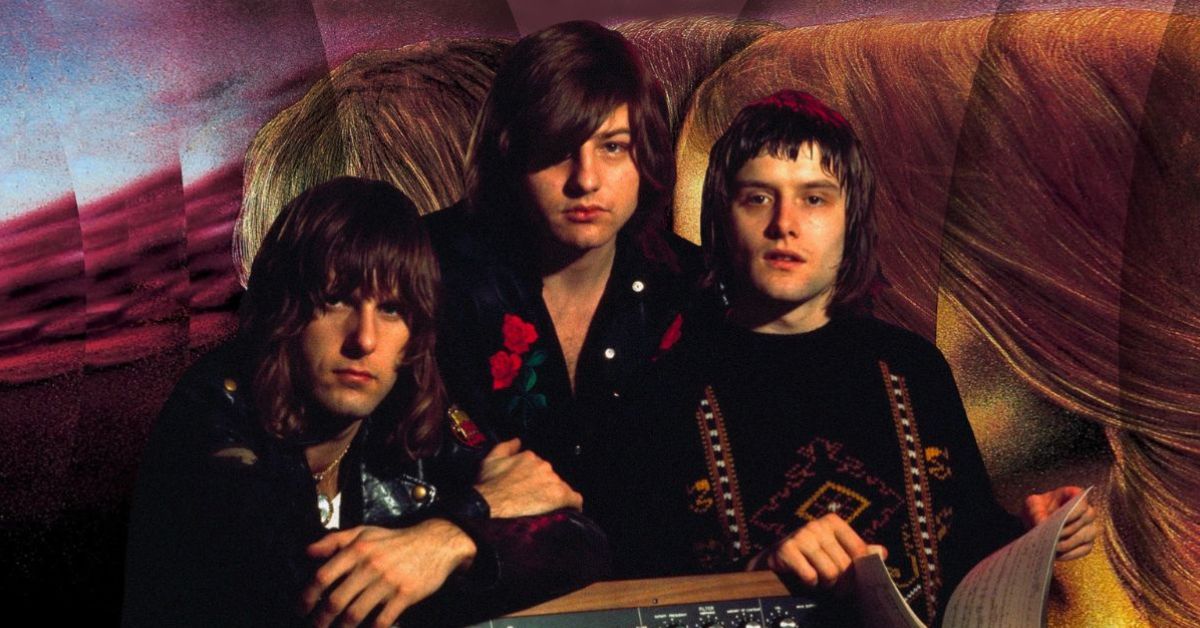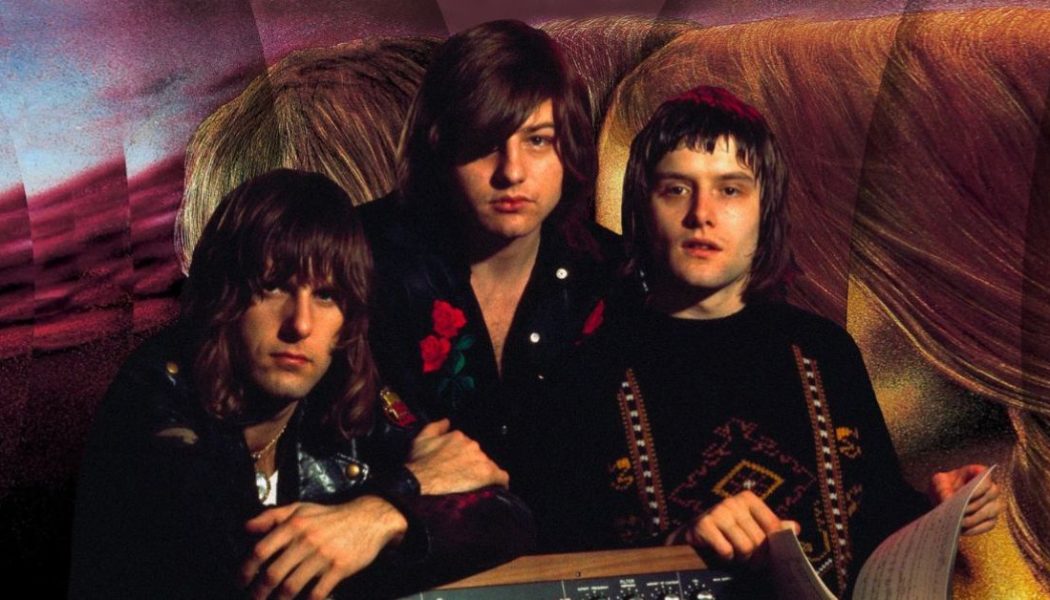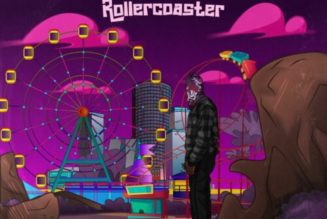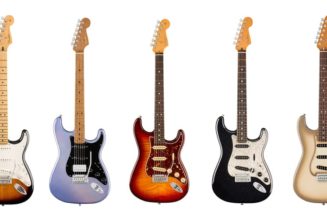
Our series Dusting ‘Em Off looks at how classic albums found an enduring place in pop culture. Today, we spend some time with Emerson, Lake & Palmer’s Trilogy.
At times, Emerson, Lake & Palmer were downright maniacal. It’s evident in their most celebrated material; the absurd 10/8 time signature in “Tarkus,” the proto-heavy metal detour in “Trilogy,” the utterly dense, occasionally incomprehensible patterns of their 29-minute suite, “Karn Evil 9.” But occasionally, ELP found a sweet spot of simplicity, where a single chord can ring out like a beacon from another universe, and a plain-spoken phrase from Greg Lake is enough to level the listener completely.
The supergroup’s respective origins and strengths — Keith Emerson of The Nice on keyboards, King Crimson’s Greg Lake on bass, guitars, and vocals, and Atomic Rooster’s Carl Palmer on drums — made for an uncanny presentation of musicianship. While Palmer and Lake’s previous projects helped lay the foundation of the relatively new genre “progressive rock,” Emerson’s work with The Nice featured dizzying arrangements of classical and jazz-influenced piano. Together, they would push past rock music’s preexisting boundaries, and set a new standard of musicianship and conceptual ambition.
Get Carl Palmer’s Return of the ELP Tickets Here
Emerson, Lake & Palmer’s third studio album, Trilogy, represents the trio at the height of their powers. Released in 1972, it would become their most commercially successful album across the globe, and cemented the band as one of the most experimental and ambitious groups in rock. As its title suggests, Trilogy is divided in threes: The first three songs, “The Endless Enigma (Pt. 1),” “Fugue,” and “The Endless Enigma (Pt. 2)” begin the adventure in a cosmic fashion. “From the Beginning,” “Sheriff,” and “Hoedown” bring us more or less back down to Earth, and then the concluding title track, followed by “Living Sin” and “Abaddon’s Bolero” take us to another universe once again.
Picking up where they left off in 1971 with the similarly ambitious Tarkus, the trio sought to meld the expansive possibilities of classical-influenced jazz-rock odysseys with a slightly more accessible and courageous sound. As such, it was a grueling album to record. Greg Lake, who produced each of the trio’s albums before Trilogy, resumed his role behind the boards — due to the “accurate” nature of the album’s arrangements, structures, and extensive overdubs, Lake has professed in retrospect that Trilogy was both his favorite Emerson, Lake & Palmer album and one of the hardest to craft.
Even from the first song, it’s clear to see what Lake meant when he described the album as “accurate.” “The Endless Enigma,” complete with parts one and two and “Fugue” dividing them, is a whirlwind journey that ebbs and flows through various song structures, tempos, feelings, and synth voicings. It’s so meticulously crafted that each Keith Emerson curve ball sounds both completely improvised and intensely labored. Lake’s vocals and the song’s central melody don’t even appear until the two-and-a-half minute mark — by that point, you’re already bewildered from Emerson’s mysterious sci-fi-esque opening synths, a barrage of bongos from Palmer, Emerson briefly playing a Eurasian zurna, and then a maniacal shuffle groove guided by Lake’s throttling bass and Emerson’s colorful, free-wheeling organ solo.









